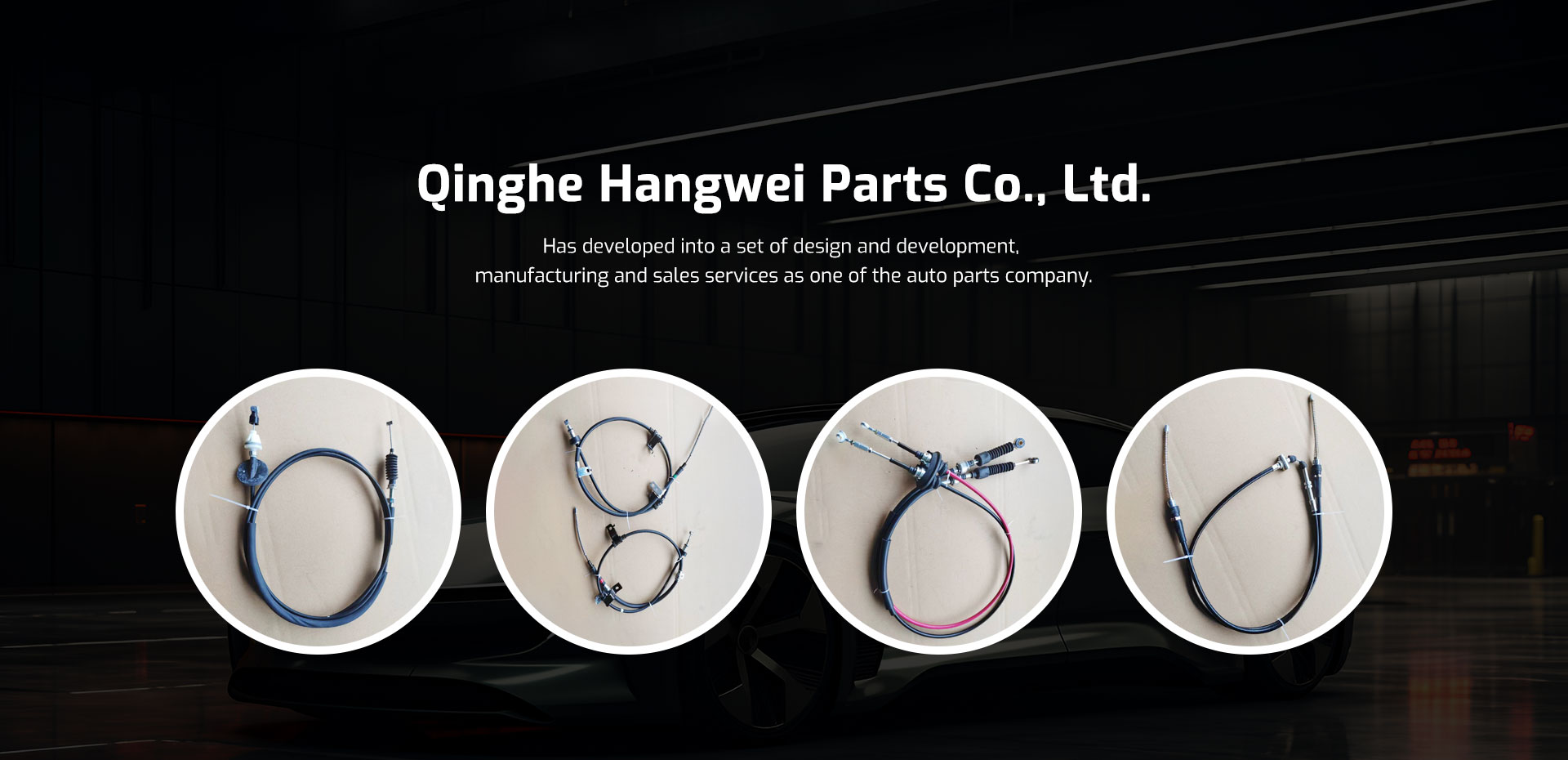auto gear cable
Understanding Auto Gear Cables Functions, Types, and Maintenance
The auto gear cable, often referred to as the transmission cable or gear shifting cable, plays a pivotal role in the operation of a vehicle. It is an essential component that connects the gear lever to the transmission system, enabling smooth gear changes when driving. Though it might seem like a simple part, the auto gear cable is critical for the overall performance of modern vehicles.
What Do Auto Gear Cables Do?
The primary function of an auto gear cable is to facilitate the communication between the driver and the transmission system. When a driver shifts the gear lever, the gear cable transmits this action to the transmission, enabling the vehicle to change gears smoothly. This process involves various mechanisms, including the gear stick, the cable itself, and the transmission unit. The efficiency of this system is vital for a seamless driving experience, especially in manual vehicles, where the driver has direct control over shifting gears.
Types of Auto Gear Cables
There are generally two types of auto gear cables manual and automatic
.1. Manual Gear Cables These cables are employed in vehicles with a manual transmission system. Drivers manually control gear changes, and the cable directly transmits the movement from the gear shift to the transmission. The manual gear cable needs to be precise and responsive to ensure quick and accurate shifts, which enhances the driving experience.
2. Automatic Gear Cables In contrast, automatic gear cables are used in automatic transmission vehicles. These cables are designed to work in conjunction with the vehicle’s electronic systems. They help manage the shifting process by communicating with the car's onboard computer, allowing for automatic gear changes based on speed, acceleration, and other factors.
Both types of cables are engineered to withstand various driving conditions, ensuring durability and reliability.
auto gear cable

Signs of a Faulty Auto Gear Cable
Over time, auto gear cables can wear out or become damaged, leading to various issues in gear shifting. Here are some common signs of a faulty gear cable
- Difficulty In Shifting Gears If you find it hard to move the gear stick or the gear doesn’t engage smoothly, it could indicate a problem with the gear cable. - Slack or Loose Cable A noticeable slack in the cable can affect the precision of gear changes. This may result in delayed engagement or accidental shifting. - Unusual Noises Grinding or clunking noises during gear shifts may suggest that the cable has become frayed or misaligned. - Warning Lights Many modern vehicles have warning lights that indicate transmission issues. If you see a warning light related to the transmission, it might be a sign of a problem with the gear cable.
Maintenance of Auto Gear Cables
Proper maintenance of auto gear cables is essential to ensure their longevity and optimal performance. Here are some tips for maintaining these critical components
- Regular Inspections Periodically inspect the gear cables for signs of wear and tear, such as fraying, corrosion, or stiffness. - Lubrication Keeping the cables well-lubricated can help reduce friction and improve their functionality. However, ensure that the correct type of lubricant is used to avoid damage. - Professional Servicing If you experience any issues with shifting gears, it is recommended to seek professional help. A qualified mechanic can diagnose the problem and determine if the gear cable needs adjustment or replacement.
Conclusion
In conclusion, the auto gear cable is a fundamental component of a vehicle’s transmission system, allowing drivers to shift gears efficiently and effectively. Understanding its functions, recognizing signs of wear or damage, and performing regular maintenance can help ensure a smooth and reliable driving experience. Whether your vehicle is equipped with a manual or automatic transmission, paying attention to the auto gear cable's condition is crucial for maintaining optimal vehicle performance. Always consider consulting with professionals when experiencing issues, as timely intervention can prevent more significant problems down the road.
-
Workings of Clutch Pipe and Hose SystemsNewsJun.04,2025
-
The Inner Workings of Hand Brake Cable SystemsNewsJun.04,2025
-
The Secrets of Throttle and Accelerator CablesNewsJun.04,2025
-
The Hidden Lifeline of Your Transmission Gear Shift CablesNewsJun.04,2025
-
Demystifying Gear Cables and Shift LinkagesNewsJun.04,2025
-
Decoding Clutch Line Systems A Comprehensive GuideNewsJun.04,2025
